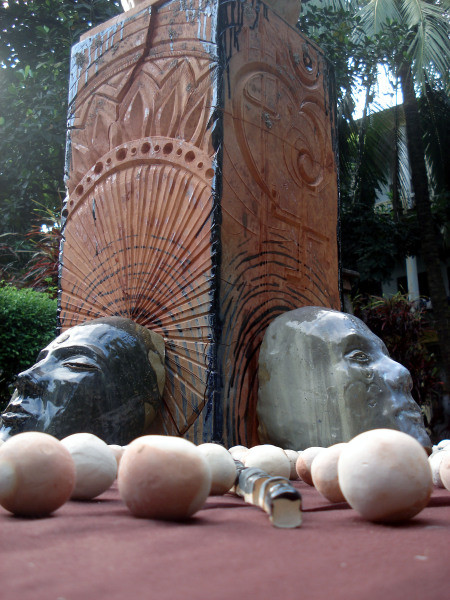
What Makes Hope So Important?
Hope by Tarak Mahadi is one the most inspirational pieces of art because of the message behind the craftsman and the art piece itself. While Hope was intentionally designed to be religious, it was not intended to carry a message of religious segregation. After a visual observation and artistic analysis of the art piece it is clear that Hope does not carry a message of religious segregation. However, the piece is intended to segregate religion from superstition. How does the artist, Tarak Mahadi, accomplish the task of ridding the art piece of superstition? He does so in a very strong way; he does not bombard the piece with ideas of any particular religion. When you look at the art piece, it is apparent that one specific religion or religions are not displayed definitely throughout the piece. When one looks at the art, it is clear that the artist is not intending for the piece to be viewed in particularly Christian, Muslim or any other religious eyes, but rather is meant to serve as a symbol of inspiration for all religions.
Hope has Universal Appeal
While Hope probably resides in Dhaka, Bangladesh, a helicopter could fly over the piece, uproot it and drop it off in any nation on the planet and the art would still be just as inspirational. It is easy to visualize Hope in other areas like India and other nations in Asia, Africa, South America and the Middle East. Hope’s universal appeal would make it a fantastic art piece in a museum or gallery in any first or third world country. The piece clearly projects an universal approach to humanity, representing religious desegregation and collaborative human activity.
Hope is Anti-Exploitation
Throughout human history, many artist have used their artistic talents to create art pieces that exploited particular groups of people based on religion, race, class, gender and other discriminatory categories. Tarak Mahadi successfully demonstrated that art without exploitative devices can be inspirational and universal in appeal. Tarak Mahadi also proves that art pieces without exploitative devices have a higher possibility of encouraging diverse groups to collaborate with each other.
